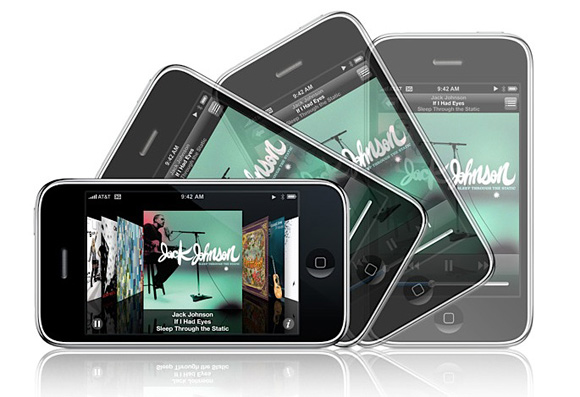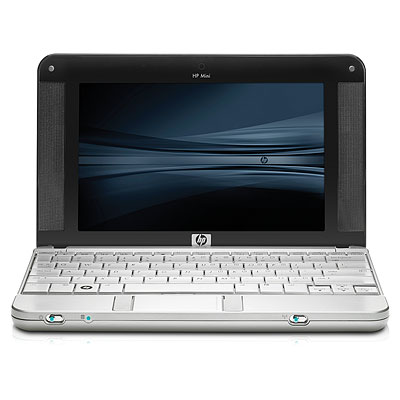Food prices are climbing, and some might be looking to fast foods and packaged foods for their cheap bites. But low cost doesn’t have to mean low quality. In fact, some of the most inexpensive things you can buy are the best things for you. At the grocery store, getting the most nutrition for the least amount of money means hanging out on the peripheries—near the fruits and veggies, the meat and dairy, and the bulk grains—while avoiding the expensive packaged interior. By doing so, not only will your kitchen be stocked with excellent foods, your wallet won’t be empty.
1. Oats
High in fiber and complex carbohydrates, oats have also been shown to lower cholesterol. And they sure are cheap—a dollar will buy you more than a week’s worth of hearty breakfasts.
Serving suggestions: Sprinkle with nuts and fruit in the morning, make oatmeal cookies for dessert.
2. Eggs
You can get about a half dozen of eggs for a dollar, making them one of the cheapest and most versatile sources of protein. They are also a good source of the antioxidants lutein and zeaxanthin, which may ward off age-related eye problems.
Serving suggestions: Huevos rancheros for breakfast, egg salad sandwiches for lunch, and frittatas for dinner.
3. Kale
This dark, leafy green is loaded with vitamin C, carotenoids, and calcium. Like most greens, it is usually a dollar a bunch.
Serving suggestions: Chop up some kale and add to your favorite stir-fry; try German-Style Kale or traditional Irish Colcannon.
4. Potatoes
Because we often see potatoes at their unhealthiest—as fries or chips—we don’t think of them as nutritious, but they definitely are. Eaten with the skin on, potatoes contain almost half a day’s worth of Vitamin C, and are a good source of potassium. If you opt for sweet potatoes or yams, you’ll also get a good wallop of beta carotene. Plus, they’re dirt cheap and have almost endless culinary possibilities.
Serving suggestions: In the a.m., try Easy Breakfast Potatoes; for lunch, make potato salad; for dinner, have them with sour cream and chives.
5. Apples
I’m fond of apples because they’re inexpensive, easy to find, come in portion-controlled packaging, and taste good. They are a good source of pectin—a fiber that may help reduce cholesterol—and they have the antioxidant Vitamin C, which keeps your blood vessels healthy.
Serving suggestions: Plain; as applesauce; or in baked goods like Pumpkin-Apple Breakfast Bread.
6. Nuts
Though nuts have a high fat content, they’re packed with the good-for-you fats—unsaturated and monounsaturated. They’re also good sources of essential fatty acids, Vitamin E, and protein. And because they’re so nutrient-dense, you only need to eat a little to get the nutritional benefits. Although some nuts, like pecans and macadamias, can be costly, peanuts, walnuts, and almonds, especially when bought in the shell, are low in cost.
Serving suggestions: Raw; roasted and salted; sprinkled in salads.
7. Bananas
At a local Trader Joe’s, I found bananas for about 19¢ apiece; a dollar gets you a banana a day for the workweek. High in potassium and fiber (9 grams for one), bananas are a no-brainer when it comes to eating your five a day quotient of fruits and veggies.
Serving suggestions: In smoothies, by themselves, in cereal and yogurt.
8. Garbanzo Beans
With beans, you’re getting your money’s worth and then some. Not only are they a great source of protein and fiber, but ’bonzos are also high in fiber, iron, folate, and manganese, and may help reduce cholesterol levels. And if you don’t like one type, try another—black, lima, lentils … the varieties are endless. Though they require soaking and cooking, the most inexpensive way to purchase these beans is in dried form; a precooked can will still only run you around a buck.
Serving suggestions: In salads, curries, and Orange Hummus.
9. Broccoli
Broccoli contains tons of nice nutrients—calcium, vitamins A and C, potassium, folate, and fiber. As if that isn’t enough, broccoli is also packed with phytonutrients, compounds that may help prevent heart disease, diabetes, and certain cancers. Plus, it’s low in calories and cost.
Serving suggestions: Throw it in salads, stir fries, or served as an accompaniment to meat in this Steamed Ginger Chicken with Asian Greens recipe.
10. Watermelon
Though you may not be able to buy an entire watermelon for a dollar, your per serving cost isn’t more than a few dimes. This summertime fruit is over 90 percent water, making it an easy way to hydrate, and gives a healthy does of Vitamin C, potassium, and lycopene, an antioxidant that may ward off cancer.
Serving suggestions: Freeze chunks for popsicles; eat straight from the rind; squeeze to make watermelon margaritas (may negate the hydrating effect!).
11. Wild Rice
It won’t cost you much more than white rice, but wild rice is much better for you. Low in fat and high in protein and fiber, this gluten-free rice is a great source of complex carbohydrates. It packs a powerful potassium punch and is loaded with B vitamins. Plus, it has a nutty, robust flavor.
Serving suggestions: Mix with nuts and veggies for a cold rice salad; blend with brown rice for a side dish.
12. Beets
Beets are my kind of vegetable—their natural sugars make them sweet to the palate while their rich flavor and color make them nutritious for the body. They’re powerhouses of folate, iron, and antioxidants.
Serving suggestions: Shred into salads, slice with goat cheese. If you buy your beets with the greens on, you can braise them in olive oil like you would other greens.
13. Butternut Squash
This beautiful gourd swings both ways: sometimes savory, sometimes sweet. However you prepare the butternut, it will not only add color and texture, but also five grams of fiber per half cup and chunks and chunks of Vitamin A and C. When in season, butternut squash and related gourds are usually less than a dollar a pound.
Serving suggestions: Try Pear and Squash Bruschetta; cook and dot with butter and salt.
14. Whole Grain Pasta
In the days of Atkins, pasta was wrongly convicted, for there is nothing harmful about a complex carbohydrate source that is high in protein and B vitamins. Plus, it’s one of the cheapest staples you can buy.
Serving suggestions: Mix clams and white wine with linguine; top orzo with tomatoes and garlic; eat cold Farfalle Salad on a picnic.
15. Sardines
As a kid, I used to hate it when my dad would order sardines on our communal pizzas, but since then I’ve acquired a taste for them. Because not everyone has, you can still get a can of sardines for relatively cheap. And the little fish come with big benefits: calcium, iron, magnesium, zinc, and B vitamins. And, because they’re low on the food chain, they don’t accumulate mercury.
Serving suggestions: Mash them with parsley, lemon juice, and olive oil for a spread; eat them plain on crackers; enjoy as a pizza topping (adults only).
16. Spinach
Spinach is perhaps one of the best green leafies out there—it has lots of Vitamin C, iron, and trace minerals. Plus, you can usually find it year round for less than a dollar.
Serving suggestions: Sautéed with eggs, as a salad, or a Spinach Frittata.
17. Tofu
Not just for vegetarians anymore, tofu is an inexpensive protein source that can be used in both savory and sweet recipes. It’s high in B vitamins and iron, but low in fat and sodium, making it a healthful addition to many dishes.
Serving suggestions: Use silken varieties in Tofu Cheesecake; add to smoothies for a protein boost; cube and marinate for barbecue kebobs.
18. Lowfat Milk
Yes, the price of a gallon of milk is rising, but per serving, it’s still under a dollar; single serving milk products, like yogurt, are usually less than a dollar, too. Plus, you’ll get a lot of benefit for a small investment. Milk is rich in protein, vitamins A and D, potassium, and niacin, and is one of the easiest ways to get bone-strengthening calcium.
Serving suggestions: In smoothies, hot chocolate, or coffee; milk products like low fat cottage cheese and yogurt.
19. Pumpkin Seeds
When it’s time to carve your pumpkin this October, don’t shovel those seeds into the trash—they’re a goldmine of magnesium, protein, and trace minerals. Plus, they come free with the purchase of a pumpkin.
Serving suggestions: Salt, roast, and eat plain; toss in salads.
20. Coffee
The old cup-o-joe has been thrown on the stands for many a corporeal crime—heart disease, cancer, osteoporosis—but exonerated on all counts. In fact, coffee, which is derived from a bean, contains beneficial antioxidants that protect against free radicals and may actually help thwart heart disease and cancer. While it’s not going to fill you up like the other items on this list, it might make you a lot perkier. When made at home, coffee runs less than 50¢ cents a cup.
Serving suggestions: Just drink it.
Although that bag of 99¢ Cheetos may look like a bargain, knowing that you’re not getting much in the way of nutrition or sustenance makes it seem less like a deal and more like a dupe. Choosing one of these twenty items, or the countless number of similarly nutritious ones, might just stretch that dollar from a snack into a meal.
First published July 2008




